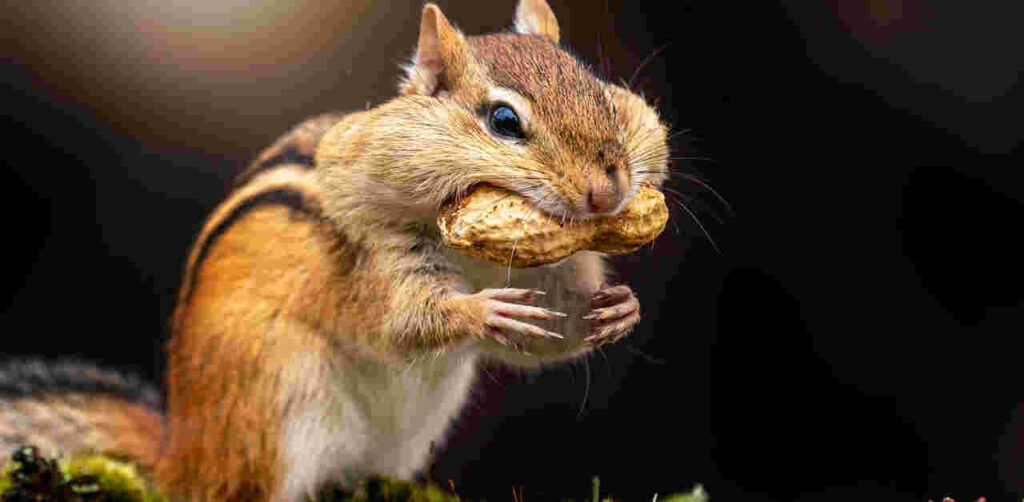Published by: Centers for Disease Control and Prevention
Wildlife are undomesticated animals living in nature. Wildlife has countless benefits for the ecosystem and for our health and well-being, including pollinating our food, controlling pests, and being a source of beauty and inspiration. Seeing wildlife while outside can be a fun and educational experience, and spending time outside in nature can have health benefits. However, it is important to know how to interact with wildlife safely to reduce your risk for certain injuries or illnesses. This also helps keep wildlife safe and healthy.
Wildlife may look cute or seem friendly, but they should always be enjoyed from a distance. Getting too close to wildlife may cause some animals to abandon their young, stop eating, or injure people or pets out of fear. Wildlife can also get sick from or have diseases that are harmful to people and pets. People and pets can spread diseases to wildlife, too. The best ways to keep yourself, your pets, and wildlife health are to keep a safe distance and wash your hands after being outdoors. Also, wildlife should never be kept as pets.
Do
- Wash your hands after returning from outdoor adventures.
- Observe wildlife from a distance.
- Leave orphaned animals alone. Often the parents are close by and will return for their young.
- Use insect repellent while outside and use flea and tick prevention for your pet.
- Keep pets on a leash when they’re in unfenced areas.
- Call animal control or a wildlife rehabilitation center if you’re concerned about a wild animal.
Don’t
- Touch or approach wild animals, even if they look friendly or hurt. If an animal changes its behavior, you’re too close!
- Feed wildlife, especially by hand (feeding songbirds in your yard is okay).
- Bring wild animals into your home.
- Let pets interact with wild animals.
- Leave trash around your home or garbage bins open.
